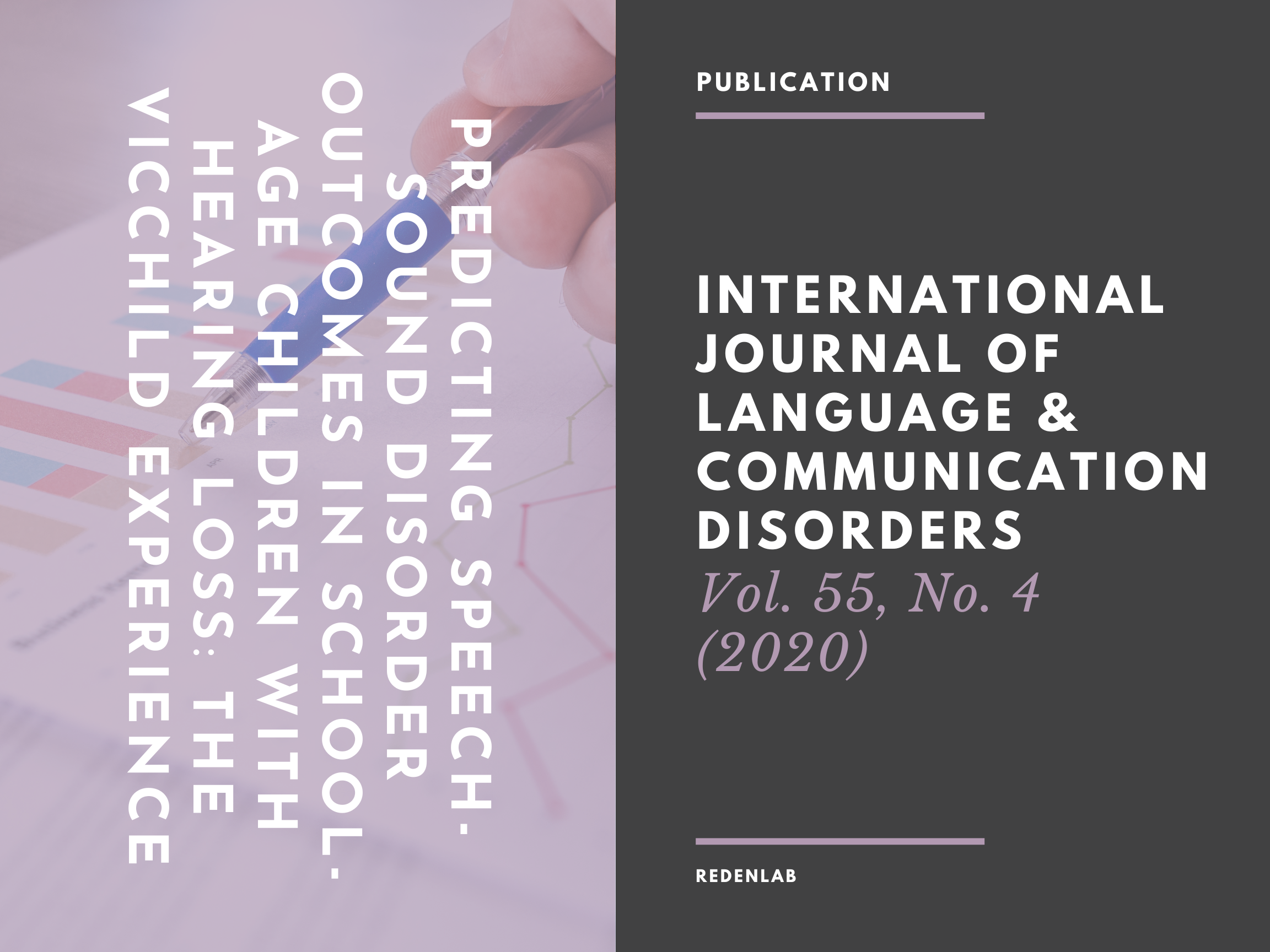Predicting speech‐sound disorder outcomes in school‐age children with hearing loss

What this paper adds
What is already known on this subject
Speech issues are common in children with hearing loss; however, the breakdown of subtypes of SSD (e.g., articulation versus phonological disorder) have not been previously described in a population cohort. This distinction is relevant, as each subtype calls for specific targeted intervention. Studies examining factors predictive of speech outcomes, across a range of hearing levels, are also lacking in a population cohort.
What this paper adds to existing knowledge
Data suggest the most common type of SSD in children with hearing loss is phonological delay. Males, younger children, and bimodal users were at greater risk of having a subtype of SSD.
What are the potential or actual clinical implications of this work?
The results are clinically pertinent as the speech diagnosis determines the targeted treatment. Phonological delay is responsive to treatment, and early targeted intervention may improve prognosis for speech outcomes for children with hearing loss.
Background
Congenital hearing loss is the most common birth anomaly, typically influencing speech and language development, with potential for later academic, social and employment impacts. Yet, surprisingly, the nuances of how speech is affected have not been well examined with regards to the subtypes of speech‐sound disorder (SSD). Nor have the predictors of speech outcome been investigated within a sizeable population cohort.
Aims
(1) To describe the subtypes and prevalence of SSD in children with hearing loss. (2) To determine which characteristics of hearing loss predict the presence of SSD.
Methods & Procedures
A total of 90 children (5–12 years of age) with permanent hearing loss were recruited from an Australian population cohort. Children completed a standardized speech assessment to determine the presence and subtype of SSD. Logistic regression was used to determine the predictors of speech outcome. Demographic, developmental and hearing‐related predictors were examined.
Outcomes & Results
The prevalence of speech disorder overall was 58%, with the most common subtype being phonological delay in 49% of the sample. Factors most predictive of speech disorder were being male, younger and a bimodal user (i.e., using both a hearing aid and a cochlear implant).
Conclusions & Implications
This is the first study, in a sizeable cohort, to describe the prevalence and predictive factors for SSD associated with hearing loss. Clinically, it could be beneficial to implement earlier targeted phonological interventions for children with hearing loss.
Click here for more details
